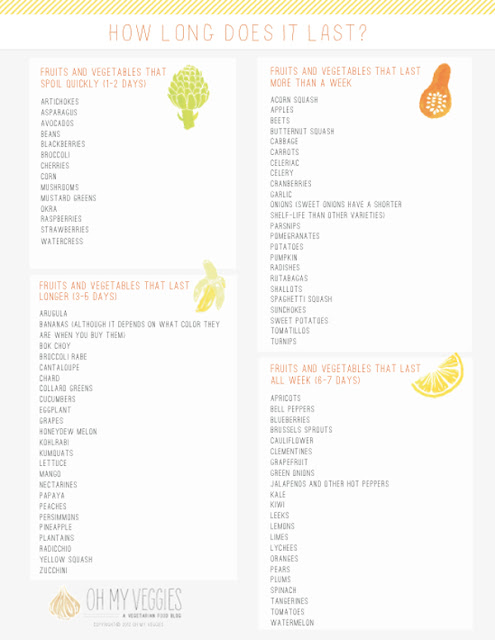Today is the first farmers market of the summer, for my
little town at least, and I am uber excited!!
For the second year in a row I have failed to plant a garden so I have
to rely on local farmers for my fresh produce this summer. For those of you that may not have the space
to grow your own veggies, or those like me that have the space but still manage
to end up garden less, the local farmers market is the best place to get fresh
fruits and veggies. In this post I will
share with y’all some tips on getting the best produce you can.
First off, everyone needs to realize that not all fruits and
veggies are in season at the same time and all summer long. When buying produce at the grocery store it
is easy to forget that there are growing seasons for different plants. Since the grocery can ship produce from all
over the world, they are able to stock every fruit and veggie all year long. At the farmers market, you will not find that
same practice. The fruits and veggies
you see at the first market of the season will be very different than those you
see at the last market. With green
houses becoming more prevalent on family farms, there will be a larger variety for
a longer time but there will still be restrictions. For instance, I won’t find jalapeno peppers at
my farmers market until much later in the season but I can go to the local grocery
store today and see an entire bushel.
When buying produce, don’t go overboard. If you don’t plan to eat/can/freeze the
fruits and veggies within a week, wait to purchase them. Some fruits and veggies have a longer shelf
life but most should be used within a week, or sooner. Here is a great resource I found on ohmyveggies.com on how long produce will last
There are tips and tricks to buying the best produce at your
market. Look, feel, and smell every
fruit or veggie you plan to buy (not necessary for berries and grapes but you
want to get a good look at the bunch) to check for ripeness and any sign of
spoilage. Each different fruit or veggie
has different criteria that should be looked at befor purchasing. I got this list at farmflavor.com and find it
very useful. While not every single
fruit and veggie is listed, these are some of the more common ones.
- Buy sweet corn early in the morning. Sugar converts to starch as freshly picked corn sits unrefrigerated. The sweetest corn should be purchased early and promptly refrigerated.
- Store tomatoes stem end up, as it grows on the vine. Tomatoes continue to ripen after picking, so don’t worry about green at the top, and never store tomatoes in the refrigerator, as they will quickly lose flavor.
- Your nose knows the best cantaloupe. Sniff the stem end – it should have a distinctive melon aroma.
- Check the bottom of the container when buying blackberries or raspberries. It shouldn’t be stained or moist. Berries don’t ripen after picking, so look for ones that are full and plump and don’t wash berries until you’re ready to use them.
- Cucumbers should be completely green on the outer skin. They begin to turn yellow as they age.
- Eggplant should be shiny and heavy for the size. Pass on wrinkled ones.
- Peaches, apricots and nectarines will continue to ripen after picking. Buy them at various stages of ripeness so you don’t have to quickly use all of them at once.
- Strawberries do not continue to ripen after harvest, so choose ones that are completely red all the way to the cap.
- Okra should be no longer than 5 inches to taste best. Long, large okra will be tough, so go small. Never wash the veggie until you’re ready to use it, or it will become shiny.
- Winter squash varieties keep well if stored in a cool, dry place. Look for ones with no cuts in the skin or soft spots.
Now is
the time to start getting out to the farmers markets to buy your fresh
produce. If you follow these simple
guidelines you will be in for a delicious summer. And the freshest produce is the best to can so
you and your family can enjoy your summer favorites all year long!

No comments:
Post a Comment